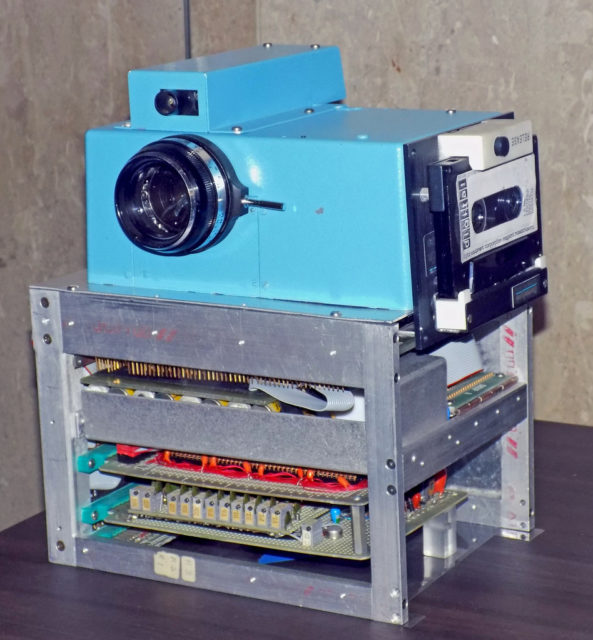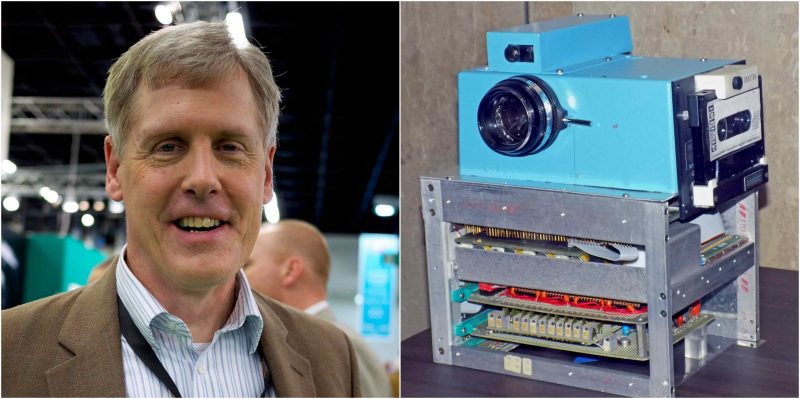Photography, from the day it was invented, changed the world we live in and made history by keeping the most precious moments of our lives safe and preserved for the upcoming generations.
It was challenging to learn, and photography took years of hard work to master in the 19th century. Equipment was expensive and in many cases dangerous to handle, even life-threatening. since it included chemicals that could explode if improperly used.
Now, however, the photographic process has evolved to the point when even a 2-year-old can take photos with ease. Photography has become an important part of our everyday lives, and many people can’t imagine spending a day without uploading photos on social media.
This is all thanks to engineer Steven Sasson, who invented digital photography and created the first digital camera in 1975. But then why did digital cameras become popular in the 21st century? people may ask.
According to The New York Times, Sasson started working for Eastman Kodak in 1973 and began his career with a task to figure out: if the charge-coupled device (C.C.D.) could have any practical use.

It was not a challenging project for the young engineer, since the charge-coupled device had been developed in 1969 by Willard Boyle and George E. Smith. Sasson himself said that the project was not that hard and even thought that they assigned it to him in order to keep him busy.
While working on the project, Sasson came up with the invention of the first digital camera, “as big as a toaster,” and a device to display it on.
He knew that his invention had revolutionary potential. But when Sasson presented his inventions to the executives of Eastman Kodak, their response was not what he might have expected.

The executives did not seem as impressed as he hoped they would be. What he might not have immediately grasped was how disturbed they were by the potential threat of Sasson’s invention to the company. Eastman Kodak was a giant in the photography market in the United States, making money from everything connected with the process of photography.
Back then Kodak had a virtual monopoly on the photography market, and according to The Economist, by 1976 the company accounted for 85 percent of camera sales in the United States. When one considers these numbers, it is no wonder that Eastman Kodak’s executives were threatened by Sasson’s camera, which didn’t use film.
Nonetheless, they allowed him to continue developing digital cameras, and in 1978 the first digital camera was patented. On the other hand, reportedly Sasson’s bosses strictly forbade him to talk publicly about his invention or show the prototype he created to people outside Kodak.
About 14 years after Sasson came up with the invention of the first digital camera, he co-created the first modern digital single-lens reflex (S.L.R.) camera with his colleague Robert Hills. Just as in 1975, Eastman Kodak’s executives prioritized film sales, and the camera never saw the light of day.

The digital camera patent has helped earn billions for Kodak, according to The New York Times. But when it expired in 2007, Kodak was not prepared to compete on the market of digital technology, and five years later, what was once a household brand and the world’s biggest film company filed for bankruptcy. “The company filed for bankruptcy protection in 2012, exited legacy businesses and sold off its patents before re-emerging as a sharply smaller company in 2013,” reported the Harvard Business Review. “Once one of the most powerful companies in the world, today the company has a market capitalization of less than $1 billion.”
Sasson’s first digital camera is now on display at the Smithsonian’s National Museum of American History, and it inventor was awarded the National Medal of Technology and Innovation in 2009.
